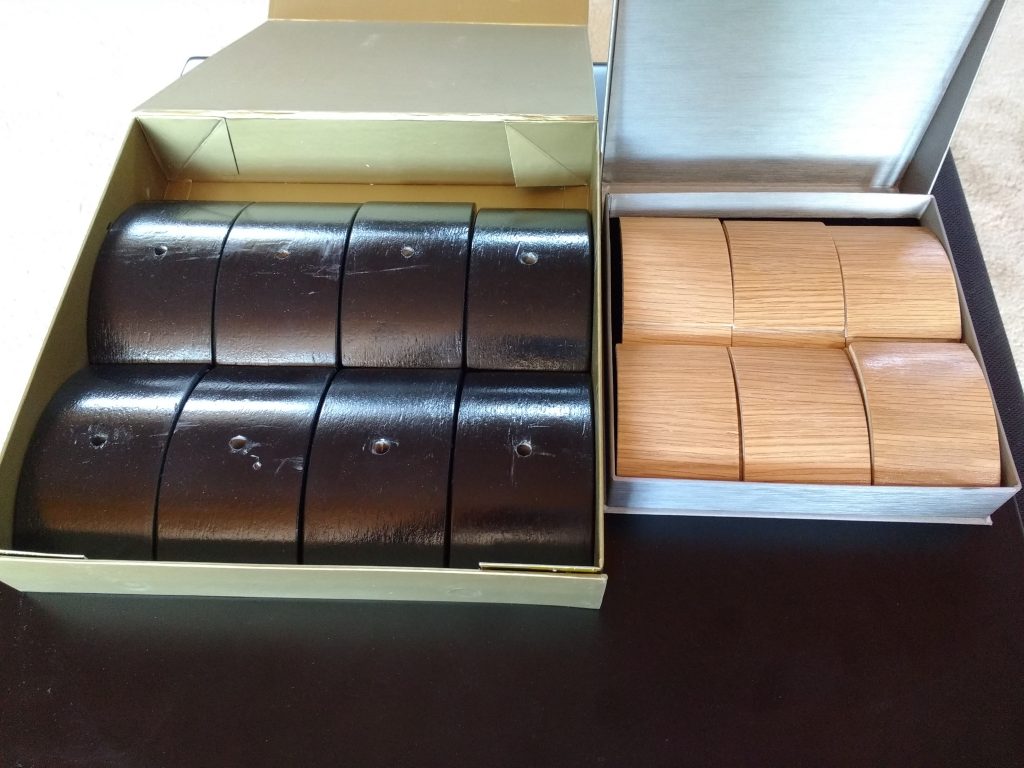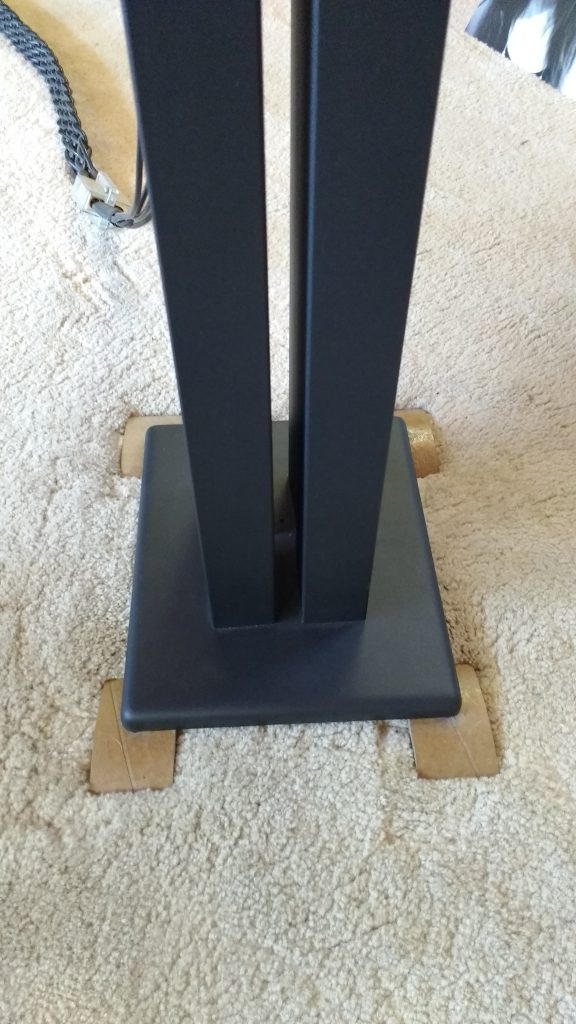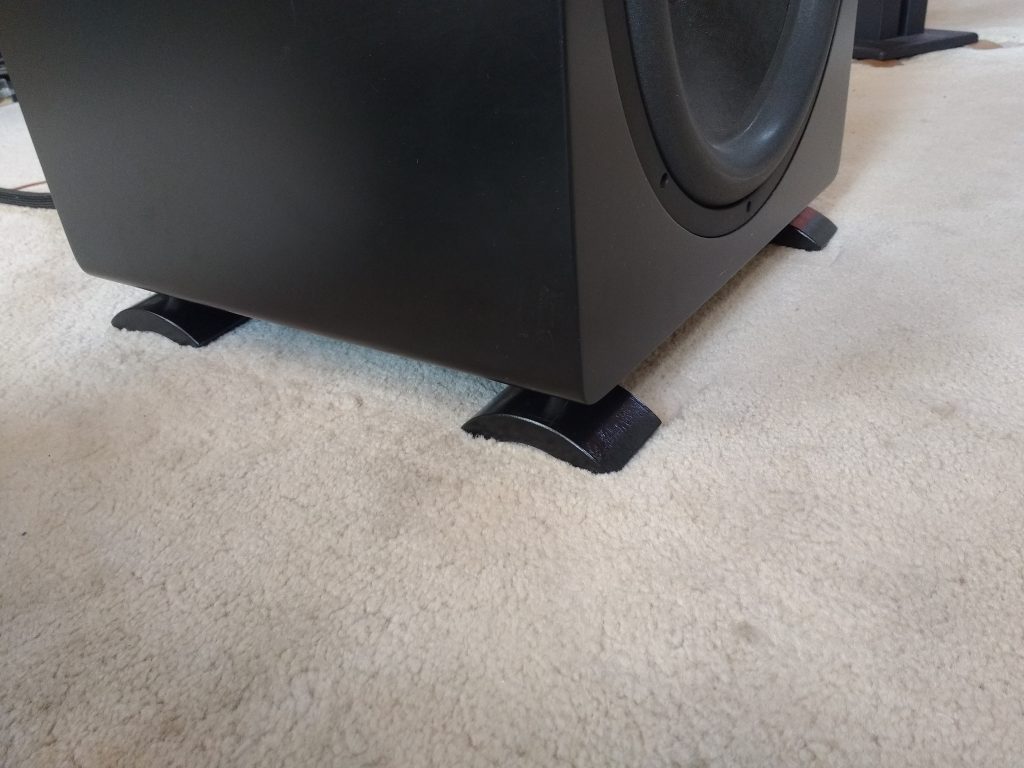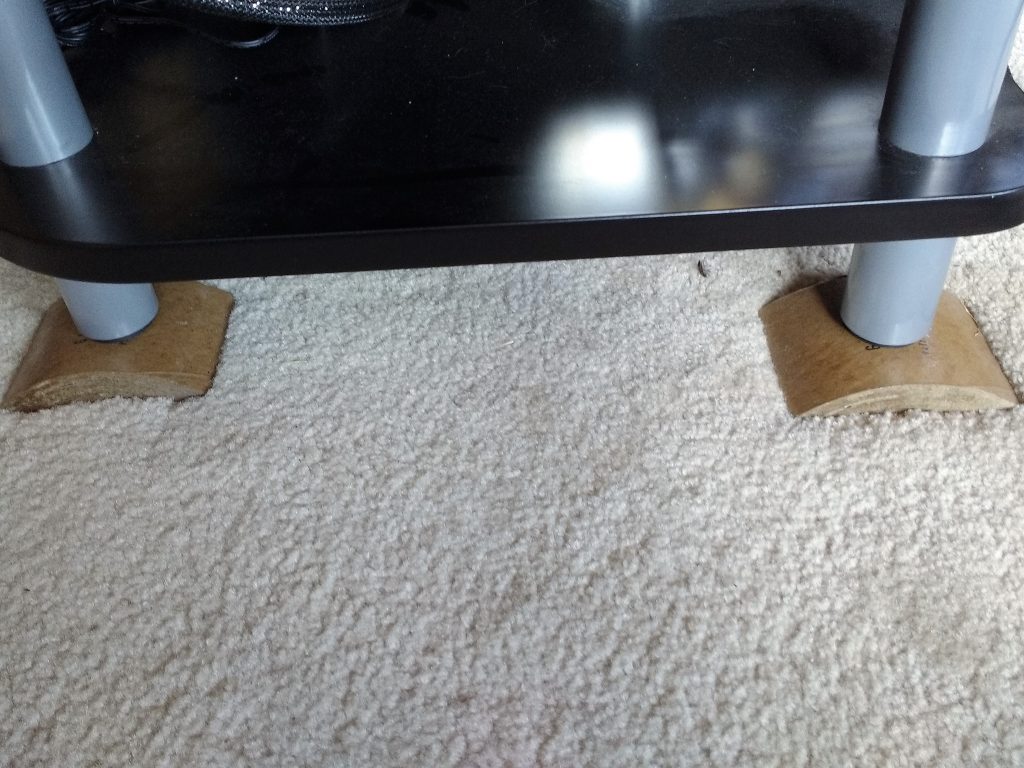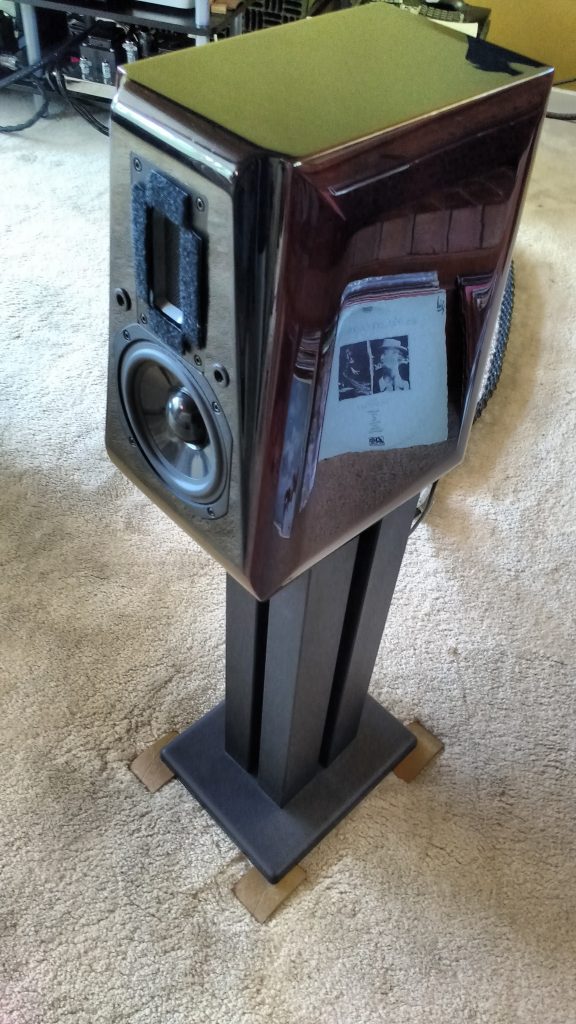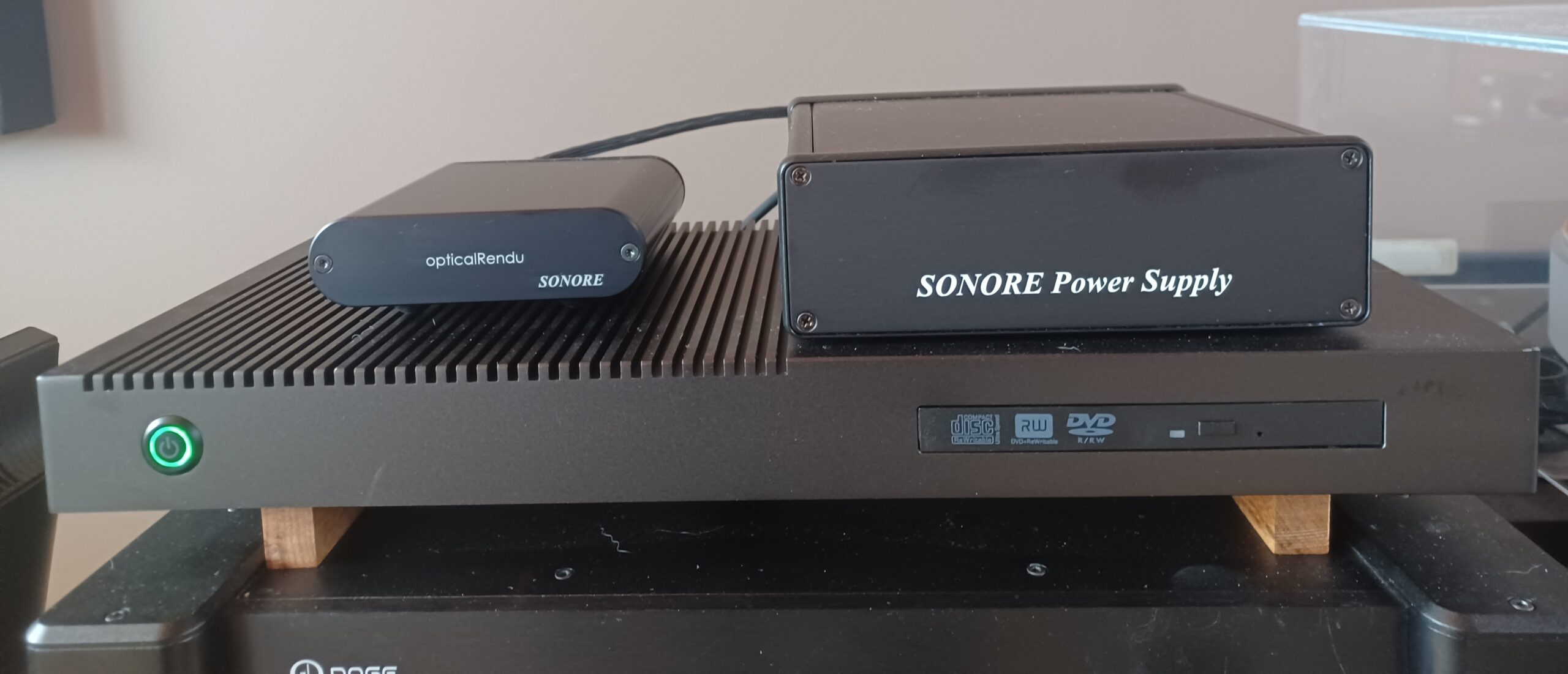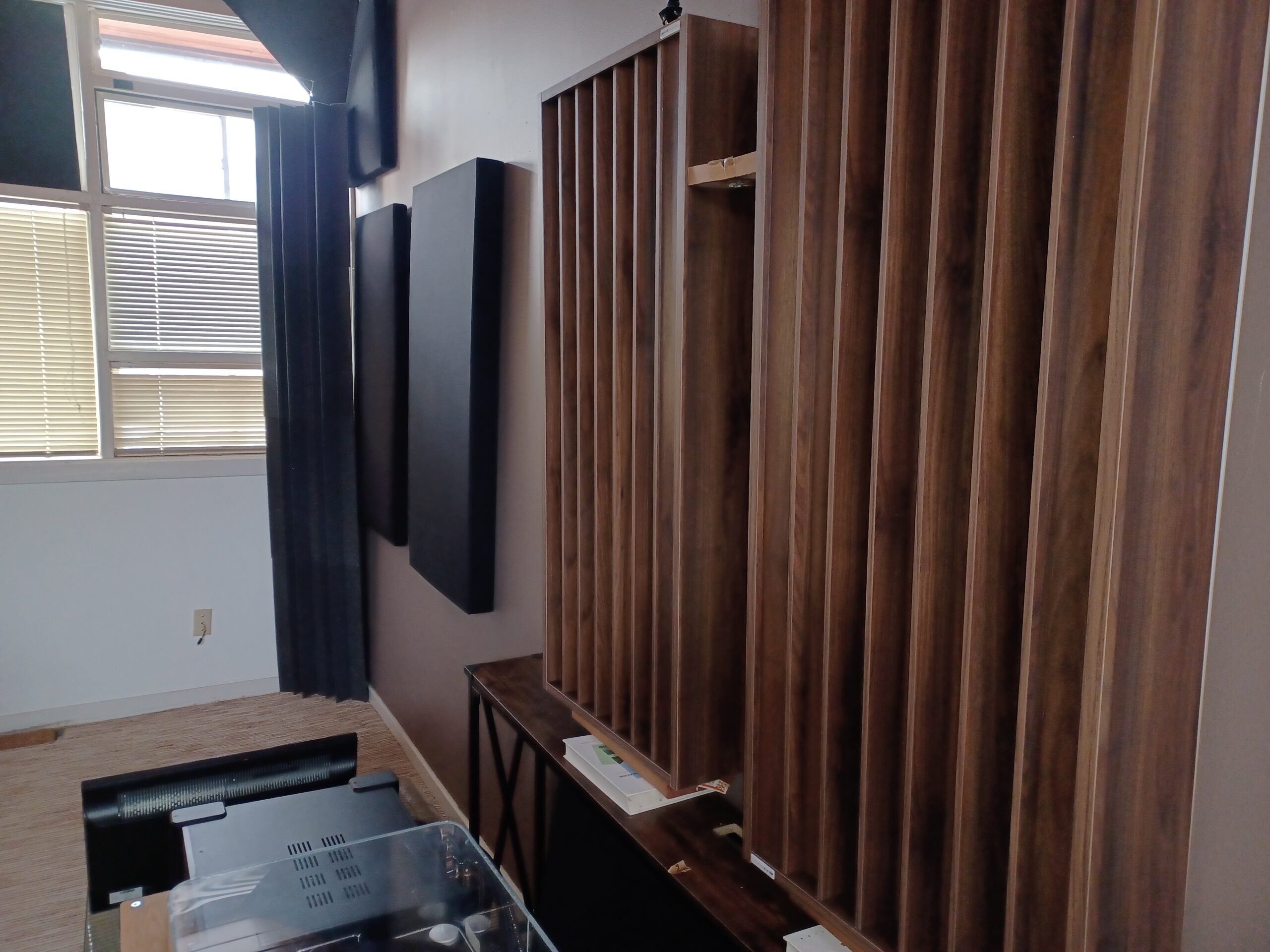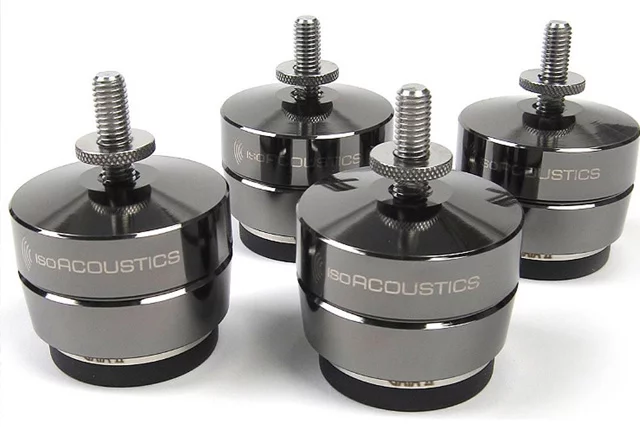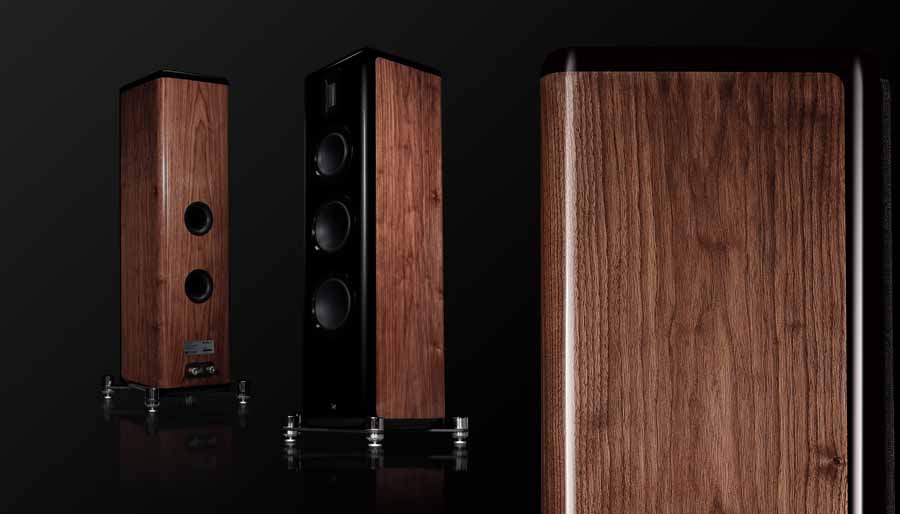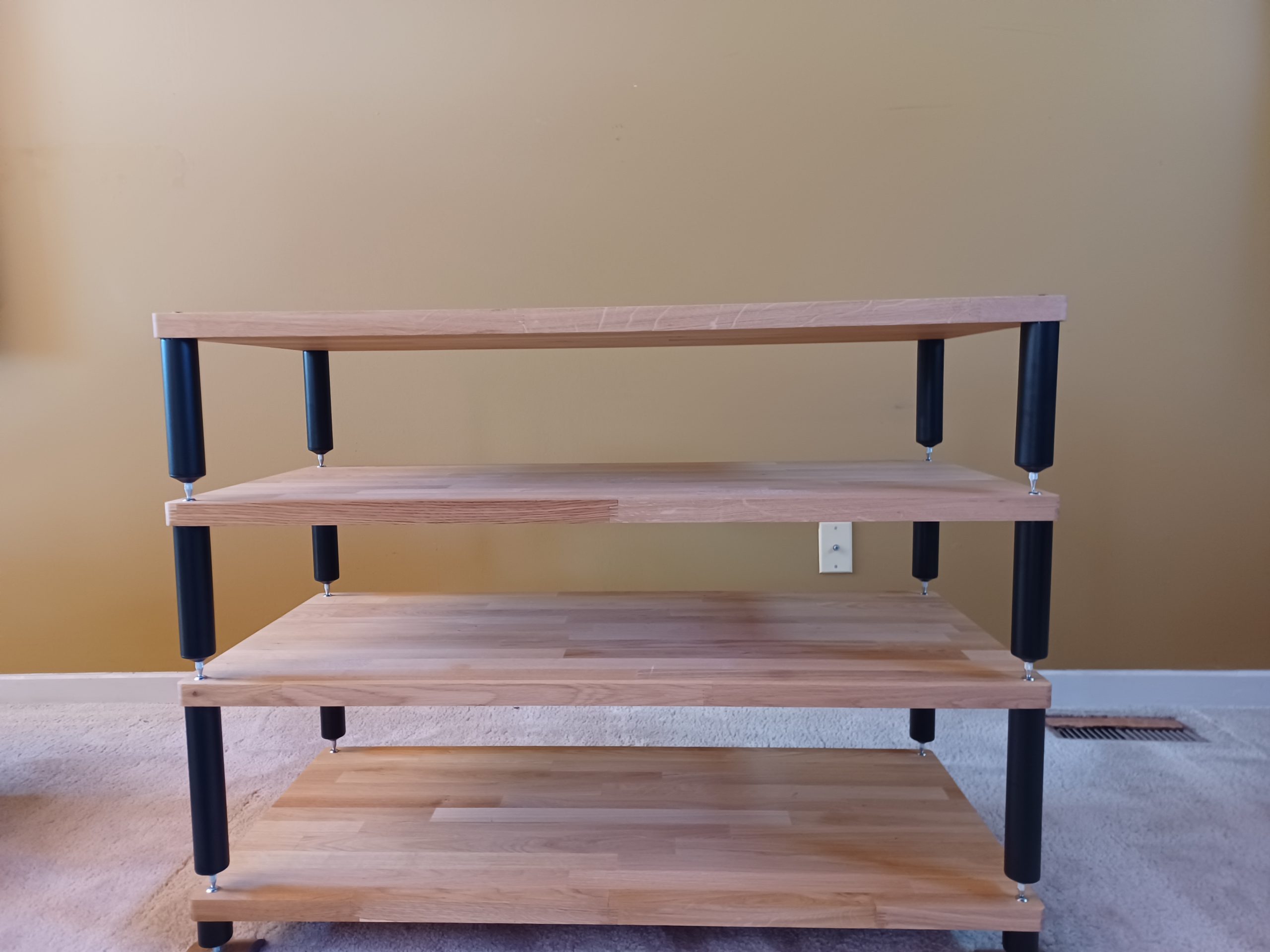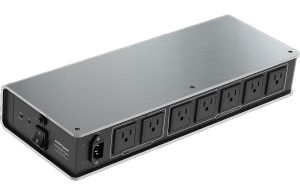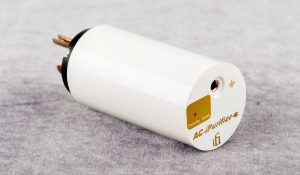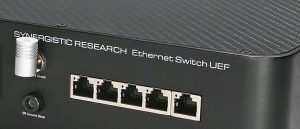As I began listening to the Gingko ARCHs the many audio tweaks I've tried over the years ran through my mind. The more I thought about it virtually every system I've heard, no matter price or size, included some sort of accessory I would—at least loosely—label as a tweak, an accessory that can improve the sound of the system. Even if you are lucky enough to have a dream system, so many electrical, mechanical, and other forces can play havoc with your theoretically excellent sound. Once you begin to understand the causes and effects, it's easy to become preoccupied, and even fanatical about tweaking your system. I have heard tweaks of all shapes, sizes, and prices sometimes transform systems for the better. On the other hand, I've experienced tweaks that in my opinion had very little or no positive effect. Some were even negative. But all tweaks have one thing in common, every one promises better sound.
Over the last few years I've concentrated on finding components that really work with the rest my system, no matter the price. The goal is getting off the new component merry-go-round, but also researching and implementing modifications and tweaks. This path has certainly been cost effective, and for me resulted in a very satisfying listening experience. I'm happy with my system now, and it's ironic that I'm getting enhanced, more engaging sound using components that are not nearly as expensive as some I've used in the past.
When I looked up a few definitions of the word "tweak", most of the traditional sources such as the Cambridge English Dictionary gave me something like this: "To change slightly, especially in order to make something more effective or correct." But it was one of the Urban Dictionary's definitions that made me think of audiophiles: "To perfect in an Obsessive Compulsive Disorder-ish way."
No matter how obsessive or compulsive I get towards tweaks, eventually I channel all into one of three categories:
- No matter how much I wanted the tweak to succeed, I could not hear any change or benefit.
- I heard a change or benefit, but not enough to justify buying, or even using the tweak.
- I heard a definite change for the better, and that change at least justified the price of the tweak.
Generally, I'm only interested in those that fall in the last category. How does the Gingko Acoustic Resonance Clarifier™ (ARCH) stack up?
Gingko Audio is best known for their Cloud series of vibration control platforms which have been around since 2004. They are certainly one the most popular and effective turntable accessories available. The Gingko Cloud addresses the sonic vibration caused by the music, or motion, in the room, as well as the vibration that emanates from the component itself. I've been an enthusiastic user of the Cloud 9 for more than a decade because it raised my VPI Scoutmaster's performance to a much higher level. Gingko's founder, Vinh Vu, is a great guy who I've known for a long time. He is a talented, experienced engineer who backs up his products with precise measurements.
When Vinh told me about his newest product, the patent-pending ARCH Acoustic Resonance Clarifier™ (ARCH), I was very interested. I must say though, when I saw what they looked like I was a little puzzled. Really? This is what Vinh was so excited about? Hmm.
(Note that the scratches on the black Super ARCHs were my fault.)
According to Gingko, "Its curved shape acts as a leaf spring to turn vertical vibration into smaller sub-components in the vertical and horizontal dimensions. The horizontal sub-components are not reflected vertically back to the speaker. The ARCH is constructed from a lossy material that dissipates vibration across the audio frequency spectrum. Its design is a curved shape with two ends that rest on the floor at an angle, thus minimizing transferred energy from the cabinet to the ground. In addition, the ARCH flexes under the weight of the speaker as the latter vibrates, further reducing the transferred energy."
The point here is that the ARCH dissipates vibrations, it is not an isolation device.
The ARCHs come in various thicknesses that will optimize dissipation depending on the weight of the component. I used the ARCH 1 and the Super-ARCH 1 for stand-mounted speakers and a powered subwoofer. For amplifiers, preamplifier, and other components on the rack I used the Mini-ARCHs, and for my rack I tried the ARCH 3s. The Mini-ARCHs are finished in a wood veneer and Super-ARCH 1s are finished in a black gloss. All other ARCHs come unfinished. You can modify the unfinished ARCHs yourself. Applying finishes may result in slightly different sonic effects. Any layer of veneer and coating will stiffen the ARCH and can make the sound brighter and more dynamic depending on how many coats you use.
The Gingko website has a great white paper that describes ARCH performance HERE.
When I asked Vinh about what degree of performance I could expect from different components when placed on the ARCHs, his response was about what I expected. He said speakers would benefit most, followed by amps and preamps (tubed components would benefit more than solid state), racks (depending on the rack, better performance with a cheaper rack) then DACs.
Here is what I experienced:
Stand-mounted Loudspeakers
I'm temporarily using the Aurum Cantus Leisure 2 MK II monitors (one of the best values in audio IMHO) with a modded crossover placed on heavy sand-filled stands and coupled with blu-tack. Although this is by far the least expensive speaker set-up I've had in my room, it works better than almost all of the speakers I've used that were much, much more expensive. Properly placed, my room loves these speakers. That said, I was not prepared for the overall improvement the ARCHs made. Compared to the sound of the speakers and stands siting on spikes, the improvement to overall transparency and clarity was immediately obvious. The mid-range was less colored, and imaging was better defined. Mid-bass response was enhanced and leading-edge transients were more pronounced. More energetic momentum and timing with a nice ease of flow and a silkiness urged me to get up and dance—and I'm not a dancer. The changes were not subtle, and truly enhanced the listening experience.
The ARCH 1 includes a metal insert with a small allen set screw to place your speaker spikes and keep the speakers or stands stable. I compared the speakers using the ARCHs with the stand spikes, and then removed the spikes and tried the sand-filled stands directly on top of the ARCHs, sans spikes. Although subtle, I preferred the sound minus the spikes. Textures were more vivid and robust, with a rhythmical energy that propelled the music.
When I switched to the Super ARCHs (again without spikes on the stands) the overall effect was very similar with a few important differences. Resolution was improved, and the sound was a tiny bit brighter. The trade-off was easy to hear, and the choice comes down to personal taste.
Subwoofer
When I tried the ARCHs under my HSU ULS-15 sub the result was again obvious and very positive. I use a DSPeaker Anti-Mode 8033 to control the sub, and it does a great job, but the ARCHs were the finishing touch that firmly transformed my subwoofer's performance. If you own a subwoofer consider the ARCHs a mandatory accessory. I hadn't realized just how great the bass from this sub could sound in this room. The bass definition improved so much it surprised me. Unlike the stand-mounted speakers I preferred the sub with the spikes left on and placed them in the metal insert of the ARCH 1s.
I again tried the Super ARCHs to compare. With the sub, the difference was not as pronounced as with the stand-mounted speakers, but I did hear improvement in low frequency definition compared to the using the ARCH 1.
Preamplifier
The Dared MC-7p preamp I'm using, like my speakers, started out as a temporary component. Out of the box it's a decent preamp. But, with some mods it really sings. Changes include adding a buffer to the output, extensive tube rolling using 1960s US/British valves, and tracing and eliminating ground loops. I'm really liking this gorgeous little piece more and more, and right now have no plans to upgrade.
I listened to the Mini-ARCHs under the Dared, and again I heard improved resolution and definition. The system seemed to strain less to produce the music. I felt adding the ARCHs delineated imaging more precisely, but also made the preamp sound a little more neutral. Some of the thicker tube-ness fell away.
Amplifiers
The Quicksilver Mid-monos have been my reference for the last few years. They are a great match with my current speakers, the combination of tubes and ribbons make for a richly textured sound with in-the-room vocals. Mods include the DanaCable Power Force AC cables, 1960s Tung Sol 12AX7 input tubes, 1960s GE 6922 driver tubes, and Shuguang KT100s in place of the stock EL34s. In addition I've used Equarack multi-mount footers between the amps and the rack for several years.
This was the toughest comparison. The Equarack multi-mount footers are a great product, but are not easy to set up, and require a detailed weighing procedure. They are advertised as an isolation device, as opposed to the ARCHs, a dissipation device. With the ARCHs I felt the amp's microphonics were slightly tamed. The entire presentation had a subtle, but palpable improvement of purity of tone. Unlike the preamp, the monoblocks did not seem not seem to take on a more neutral character.
Rack
My current rack is a low-profile Sanus, nothing fancy. With a large ARCH 3 placed under each outer leg, my first impression was yup, it's a bit better, but not the difference I heard with the speakers and sub. I was already using various isolation products under all the components in the rack, but no isolation for the rack itself to the floor. After a few songs I realized the important difference. The peaks/dips and anomalies that were very subtle but present in the mids—especially on well-recorded vocals—were audibly mitigated, and the midrange acquired a bit more richness. Again, wow. I always felt I had a small problem in the midrange that was intermittent and elusive, but easy to identify when I did hear it. Bravo to the ARCH 3, this small but very important improvement really made me smile.
DAC
I heard a difference using the Mini-ARCHs with the DAC, but it wasn't quite as obvious as with the speakers and sub. After comparing with/without for a couple of days I realized I heard greater detail from complex and softer passages that were accompanying and passing tones supporting the main themes. This gave the DAC an improved synergy and a subtle improvement of pace.
Whole System
The first thing you notice with the ARCHs is a big improvement to overall transparency and clarity. That alone is worth the price of admission. I also heard an expanded soundstage, improved imaging, incredible separation/layering, and a blacker background. Note that the biggest improvements were from the stand-mounted speakers and the sub. I was taken aback at how simple yet effective the ARCHs were, and the effects of adding different sets of ARCHs to components was cumulative. In my opinion the ARCHS are one of best and easiest tweaks you can apply to your system that will help transform your listening experience. This is the most effective (cost and performance) tweak I've ever used, and honestly, was better than some component upgrades that cost much more.
Where did the ARCHs fall in my tweak category rating? Category 3 all the way: I heard definite changes for the better, and those changes more than justified the price of the tweak. I might have to add a new category: 3+ for those tweaks like the ARCHs that are the very top performers.
For me, the ARCHs were a lesson in perception. When I first saw them, I admit, I was skeptical. I shouldn't have been. As it turns out, Vinh Vu's newest product has become not only my favorite tweak, but now I can't imagine my system without them. The ARCH is an extremely cost-effective accessory that sets a new standard for performance and price. I recommend starting with a set of ARCH 1s at $199 US for your speakers. If you like what you hear, try the ARCHs under other components. Your results may vary—I don't think so—but Gingko Audio offers a 30-day money back guarantee, so you have nothing to lose except the return shipping. Once you try them I think you'll be as thrilled as I am.
ARCH 1
Retail: $199 8 pieces
Mini ARCH
Retail: $299 12 pieces
ARCH 3
Retail: $399 8 pieces
Super-ARCH 1
Retail: $399 8 pieces
Ginko Audio
Note: As I'm finishing this review Vinh sent me the new ARCH Platform which is an attractive and low-maintenance vibration control solution that is tuneable to suit listening taste. Look for a follow up on the ARCHs featuring the ARCH Platform soon.





